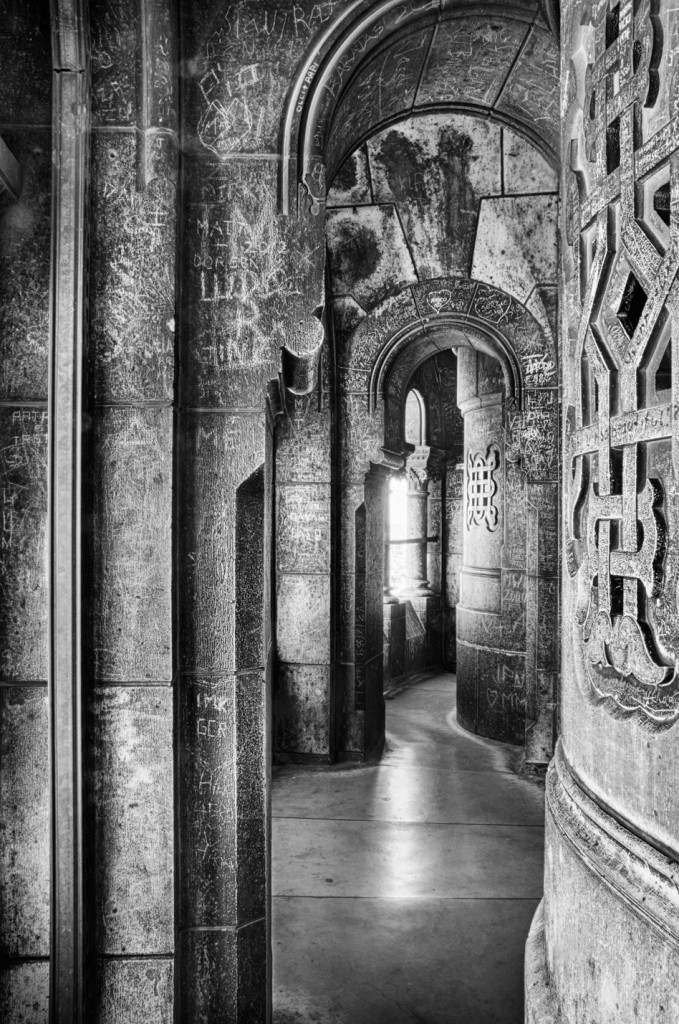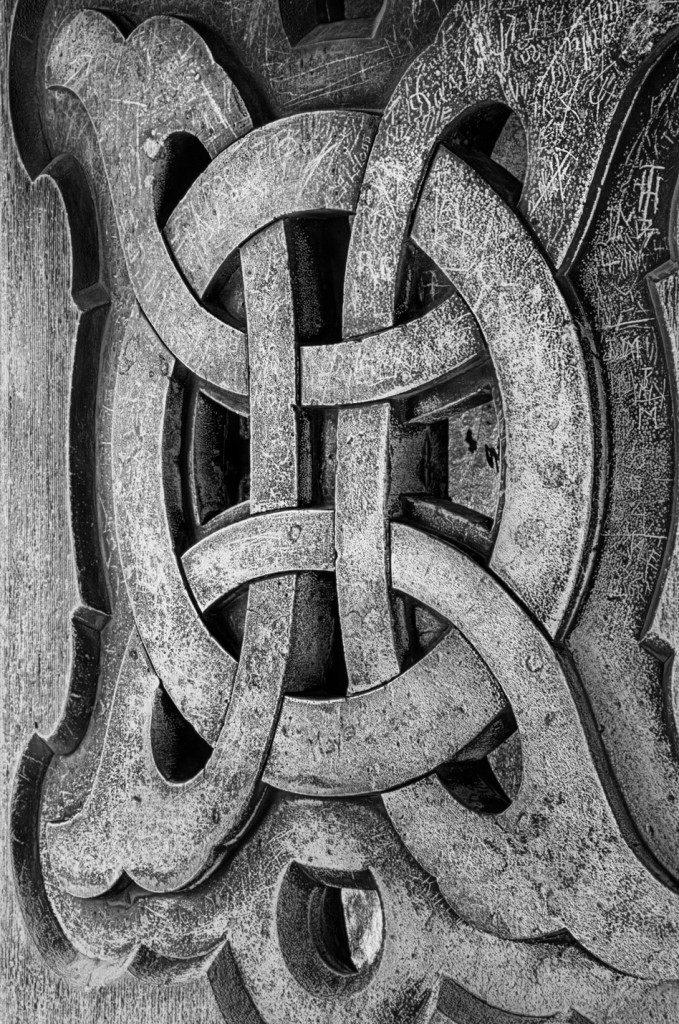La Basilique du Sacré Coeur de Montmartre sits high on a hill overlooking Paris. Controversial from long before the start of construction, the design of Sacré Coeur was a response to the supposed “moral decline” of France in the century following the French revolution, with the more proximate cause the defeat of France in the Franco-Prussian War of 1870.
If this defeat represented divine punishment, as asserted by Bishop Fournier, then Sacré Coeur was an iconic response by the hard right-wing allied with monarchists and the Catholic church to the democratic rabble of Paris and the commune. This was not the first, nor the last, time that the forces of repression and the church were on the same side against their common enemy, the people when empowered—but it still was a bitter pill for some to swallow standing tall above the city of light.

Visited by millions of people a year, Sacré Coeur gets surprisingly little traffic up in the passage that circles the grand dome. Perhaps the narrow and twisting stairs—all 280 of them—inhibit guests. The views are superb, as you can see in another image of mine from the dome that includes that other Parisian icon, the Eiffel tower.
Up in the passage around the dome of Sacré Coeur, the “rabble” has had its revenge. On the one hand, it is sad to see the elegant surfaces defaced by layer upon layer of graffiti and a general patina of neglect over time. On the other hand, this defilement—at least in part a deliberate statement—stands as mute testament to the true sentiments of many of those who visit: as much as a holy temple, Sacré Coeur is a political symbol created by those who would keep the people in their place.

Pingback: Photographing the Unusual in Paris
Pingback: Blast from the Past: Sacré Coeur Passage
Pingback: iPhoneography as Art
Pingback: There’s always something new to explore in Paris
Pingback: Spine of the Cathedral Basilica of Saint Cecilia